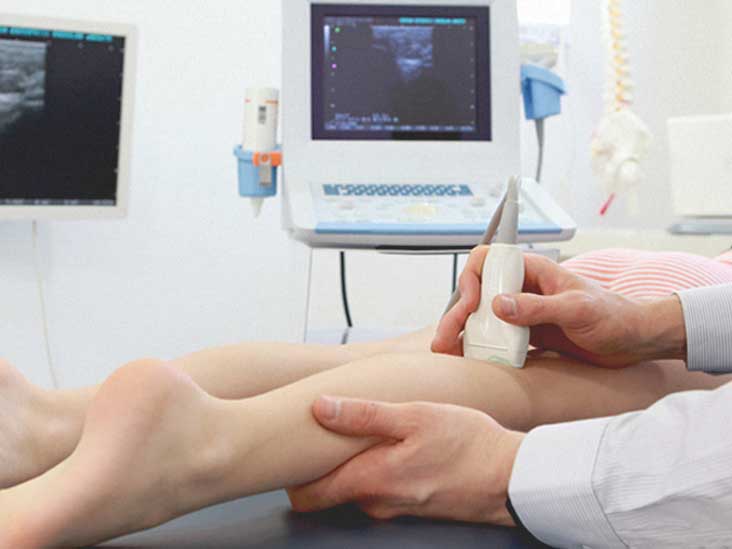A vascular ultrasound is a medical test that uses sound waves to take pictures of your veins. This test can show how well your veins are working and find problems with how they are formed. You can have a vascular ultrasound on any vein in your body, but most often, they are done on veins in the legs. Vascular ultrasound Tomball or venous ultrasound or venography; the test is painless and takes about 30 to 60 minutes.
What happens during the test?
You will lie on a table during the test, and a special gel will be put on your skin. This gel helps the sound waves move through your body and gives the pictures a clear view. A small device called a transducer would be carried over the gel. The transducer sends sound waves and picks up the echoes as they bounce off your veins. These echoes are turned into pictures on a computer screen.
You may be asked to hold your breath or to hold very still during some parts of the test so that the pictures will be clear. You may also be asked to change position so the technologist can better view specific areas. If you have an ultrasound on your leg veins, you may be asked to walk on a treadmill for a short time during the test. This helps the technologist see how well blood is flowing through your veins.
Reasons for the vascular ultrasound
Your doctor may order a vascular ultrasound if you have symptoms of a vein problem, such as pain, swelling, or cramping in your legs. Veins are blood vessels that carry blood from other parts of your body back to your heart. The valves in veins keep blood flowing in one direction. If these valves are not working correctly, blood can flow backward and pool in your veins. This is called venous insufficiency or venous reflux.
These are some of the things a vascular ultrasound can tell about your veins:
The size and shape of your veins
This is important because veins that are too small or have an abnormal shape may not be able to carry blood properly. You must understand that each person is unique and that veins’ “normal” size or shape can vary. What matters is that the veins can do their job, and the vascular ultrasound can show if they are not.
The direction of blood flow
Veins are supposed to carry blood from other parts of your body back to your heart. The vascular ultrasound can show if the veins carry blood in the wrong direction. This may happen if the valves in the veins are not working correctly.
The speed of blood flow
The vascular ultrasound can show how fast blood is flowing through your veins. This information is vital because it can help your doctor understand how well your veins work. With such information, your doctor can diagnose venous insufficiency or venous reflux.
The presence of clots
Clots are areas of blood that have changed from a liquid to a solid state. They can form in veins and cause problems. The vascular ultrasound can show if there are any clots in your veins.
If you are experiencing any vein-related symptoms or want to learn more about what a vascular ultrasound can tell you, contact your doctor at Cardiovascular Institute, P.A.


